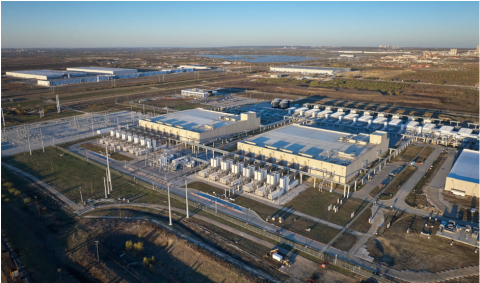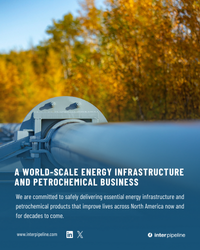Perhaps the most hyped-up topic in energy these days is how much electricity new data centers will need to keep up with the increased use of artificial intelligence (AI). And that’s prompting some big questions, such as where all the power will come from and how much natural gas demand will rise. But another crucial question may be whether these data centers will pull that power from the grid or generate it themselves on-site. In today’s RBN blog, we’ll discuss the benefits and challenges of each approach.
First, let’s offer a bit of background and some data-center basics. As we discussed in Storm Front, large-scale data centers (see photo below) can be home to thousands or even tens of thousands of networked computers that process, store and share data. Data centers — many of them owned and operated by tech giants — are among the most energy-intensive building types, consuming up to 50 times the energy per square foot of a typical commercial office building, with electrical demand at larger facilities ranging from 100 megawatts (MW) to 2,000 MW. (For perspective, as we noted in Just Can’t Get Enough, a city the size of Lubbock, TX, — population 267,000 — only requires about 700 MW.) Demand for data centers has grown exponentially with the expansion of AI tools like ChatGPT and Perplexity, which require far more computational power — and energy — than conventional Google searches.
A Google Data Center in Ellis County, TX. Source: Google
As we discussed in We Should Be Friends, renewables like wind and solar often remain an important (if intermittent) part of the power mix for data centers (see Together In Electric Dreams) and nuclear power holds significant long-term potential (along with years-long red tape). But natural gas typically remains Option #1 because, as we noted in Dive In, it is a consistent source of around-the-clock power that can be deployed at scale, usually within a reasonable period of time.
Join Backstage Pass to Read Full Article










